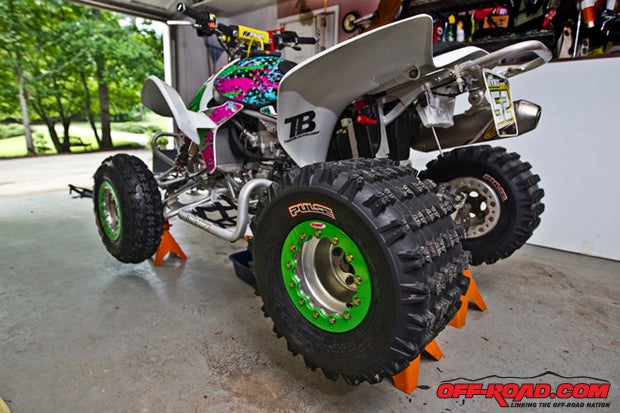
Getting the best out of your ride is crucial, and keeping the ride in tiptop shape is even more beneficial when you ride hard. We took a look into the braking system on our sport quad and noticed a few things were going awry. The rear rotor seemed to have gained a wobble from some unsuspected root or rocky face, and it had worn out the pads prematurely on the machine. It was time for a change, and even though this requires moderate skill and attention we feel you too can do this kind of service to your machine at home with basic hand tools. We also wanted to add some protection to the rotating parts under the machine too keep away future problems.
When planning for a service to your quad, it’s ideal to start with a clean workspace and some jack stands to securely hold the machine in the air. This keeps you safe and gets the quad up in view for easier inspection. Here is a simple process we did to not only add protection to the swing arm and its components but to give new life to the stopping power of our TRX450R.
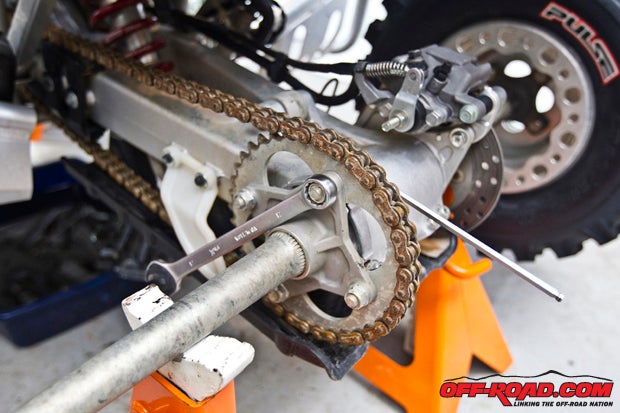
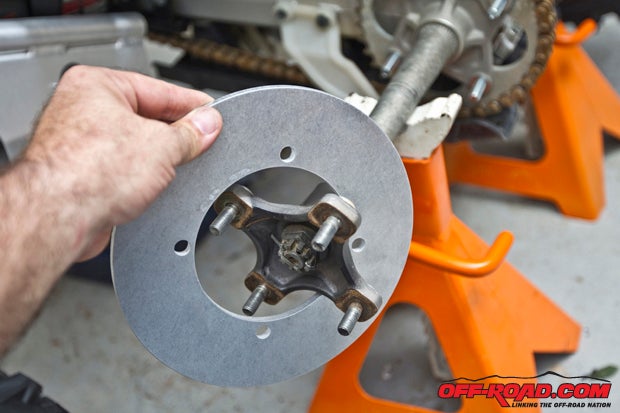
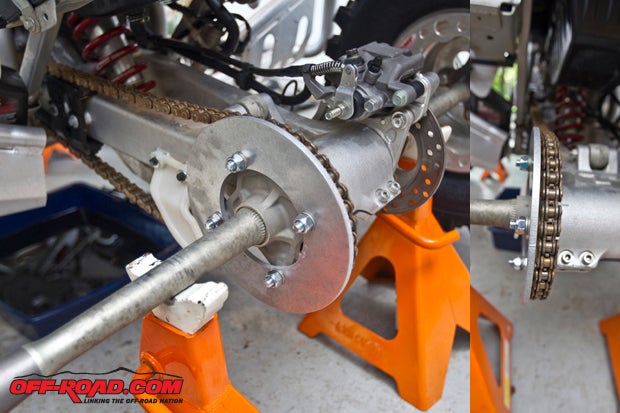
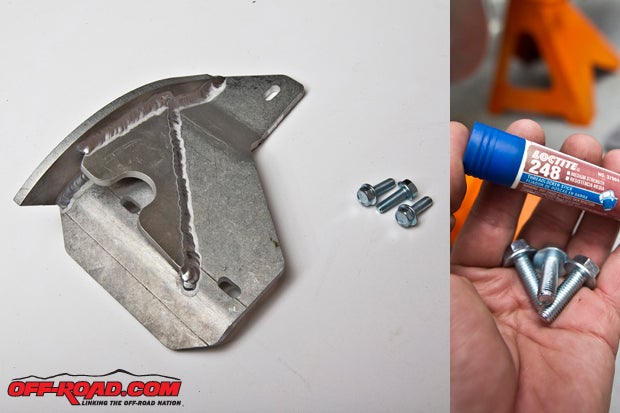
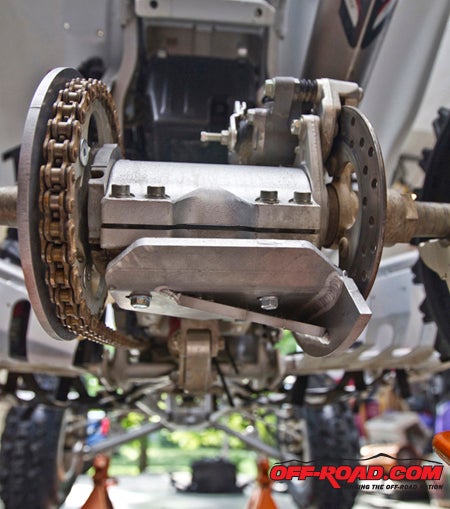
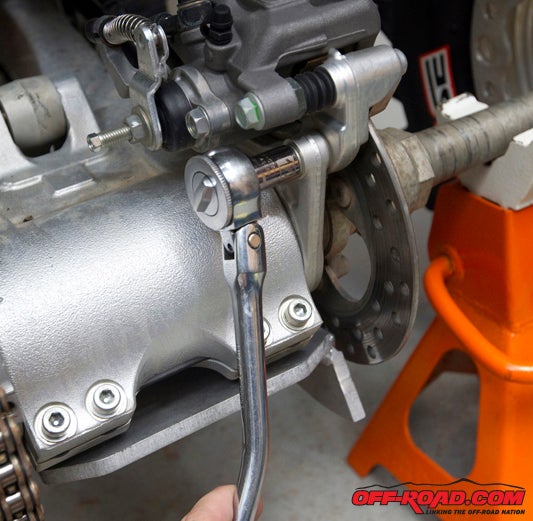
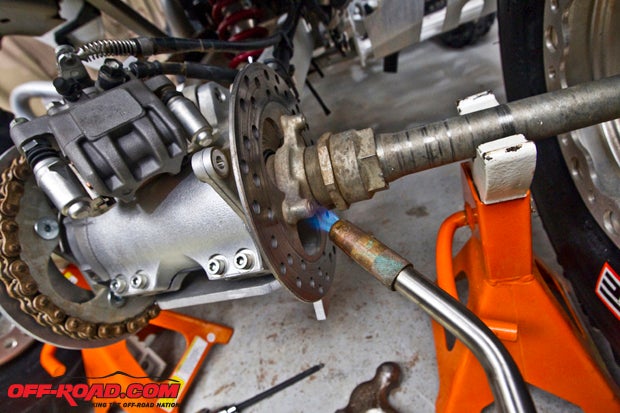
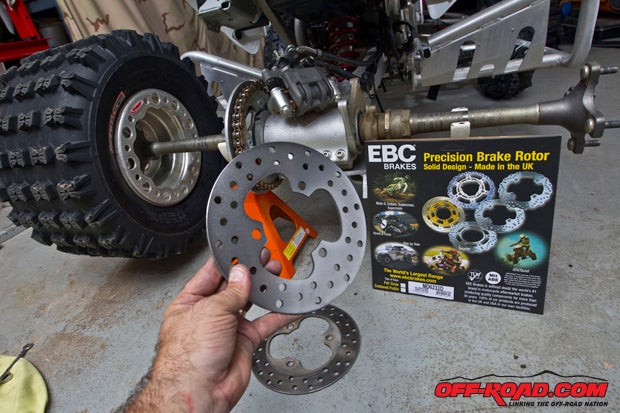
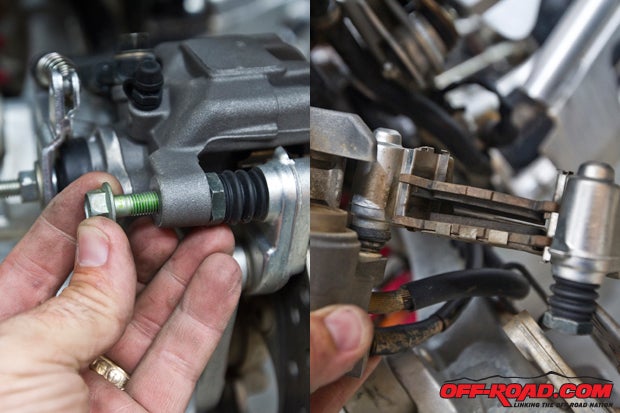
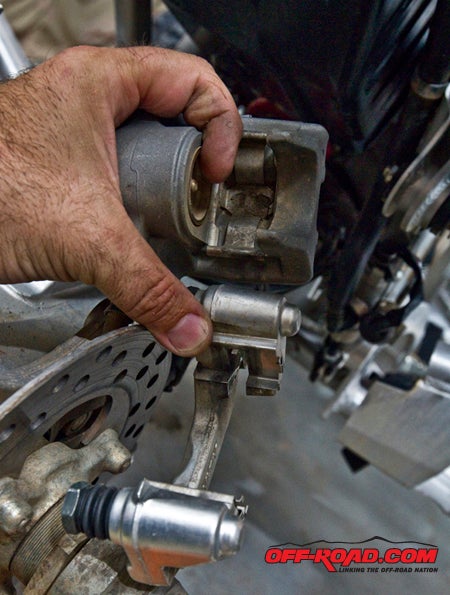
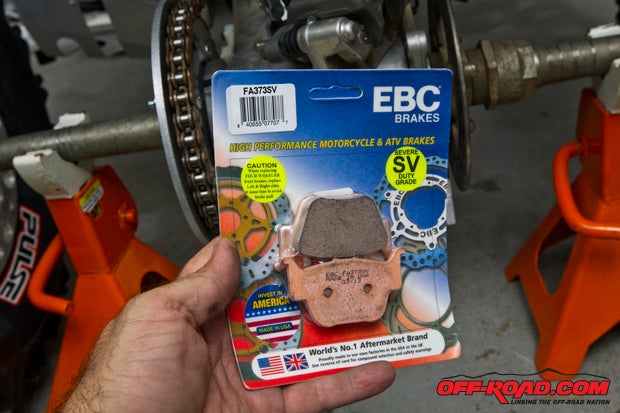
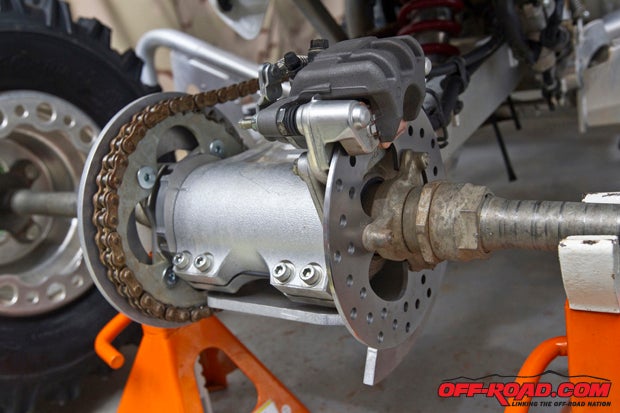
Thanks to TCS Motorsports (www.facebook.com/TCSMotorsports) for the great Sprocket Guard and swing arm Shark Fin to protect our valuable investment, and thank you to EBC braking components (http://www.ebcbrakes.com/) for keeping us in the safe zone with great pads and rotors!


 Your Privacy Choices
Your Privacy Choices